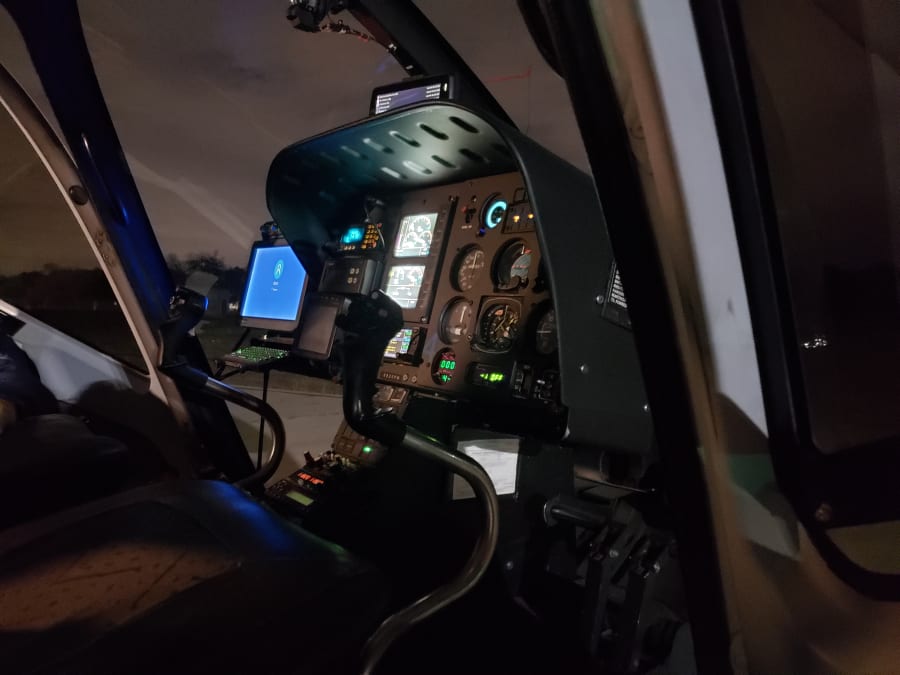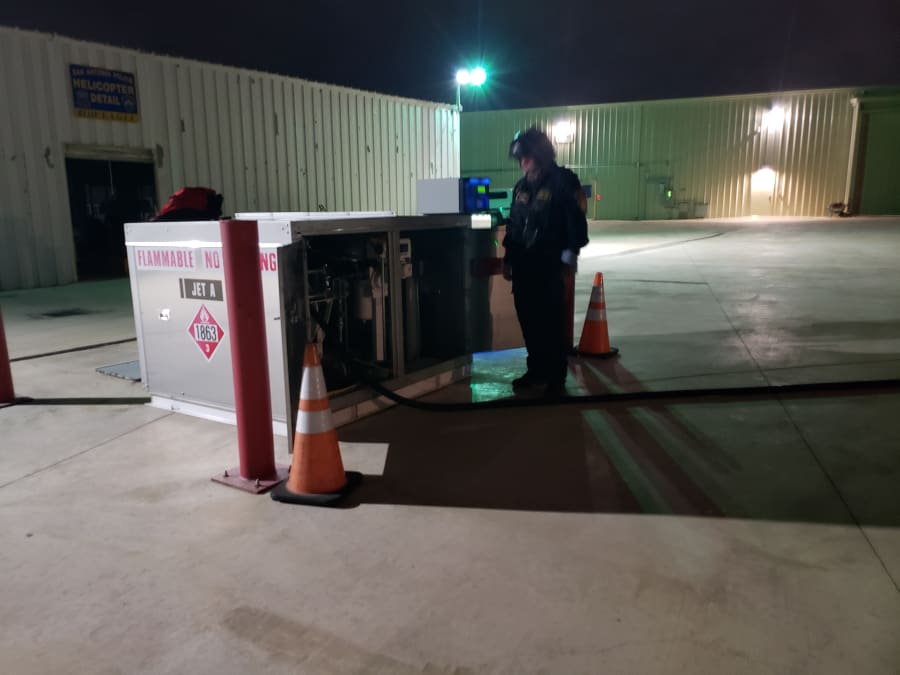SAN ANTONIO – When San Antonio police are in pursuit of a criminal, you’ll often readily notice the lights and sirens coming from their patrol cars.
What may go almost unnoticed at times, though, are their helicopters.
“It's not like what you see in the movies where the helicopter's ten feet above the fleeing car,” said Sgt. Justin Anders, who oversees the overnight crews of SAPD’s E.AG.L.E. unit. “A lot of times we're a mile, two miles away, and we're monitoring the pursuit.”
Anders says E.A.G.L.E, which actually is made up a fleet of choppers and a team of pilots, is the air support unit of the police department.
However, they sometimes are called in to assist other agencies, as well.
“We do support the eleven surrounding counties on an as-needed basis,” he said. “And we support the Bexar County Sheriff's Office and Texas Department of Public Safety.”
The overnight shift, Anders said, can be one of the busiest of the day.
From high above the city, the pilots, who are all police officers, can see around objects that may be obstacles to their counterparts on the ground.
Criminals can’t use things like tall buildings and trees to hide from them, not even at night.

“This allows us to see in complete darkness,” said Officer Todd Johnson, showing off the remote-controlled infrared cameras outfitted on all four of the department’s helicopters. “We don't use light to amplify the picture.”
The cameras, instead, detect thermal energy, or heat, and convert that into an image that is visible on the screen.
The heat given off by a person’s body, for example, would stand out more in that image than an inanimate object.
The devices, Johnson said, are vital to doing his job in the dark.
A longtime member of the E.A.G.L.E. unit, he has spent most of his time working the late night or overnight shifts.
While the job calls for precision and accuracy at an hour while many people are sleeping, Johnson shies away from caffeine to keep him alert.
“I just get the sleep I need,” he said. “My hours happened to be a little bit different.”
In order to sit in the pilot’s seat, every member of the unit has had to undergo months of training.
In fact, Anders said, they’re not even allowed into the cockpit until after they’ve spent many hours in the classroom.
He said everyone who is part of the E.A.G.L.E unit also had to have spent at least five years on the streets, working as a police officer.

“We've been where (other officers) have been and that helps us to be able to do our jobs,” Anders said. “We can translate. We know their language and we can translate what we're seeing in the air onto the ground.”
In other words, they are the city’s eyes in the sky, even at an hour when most people’s eyes are still closed.




